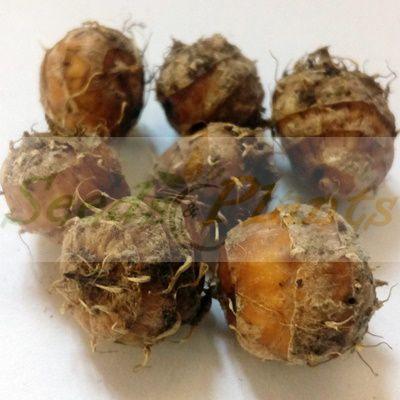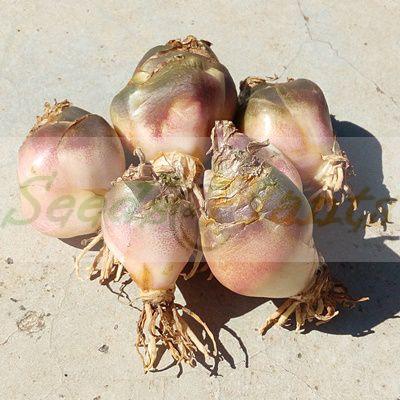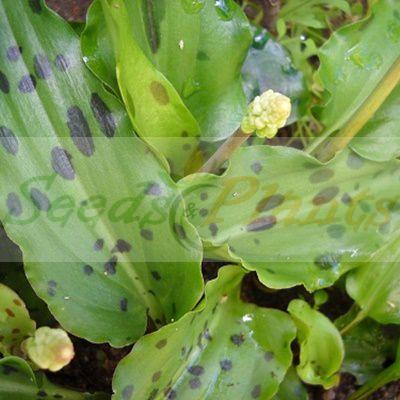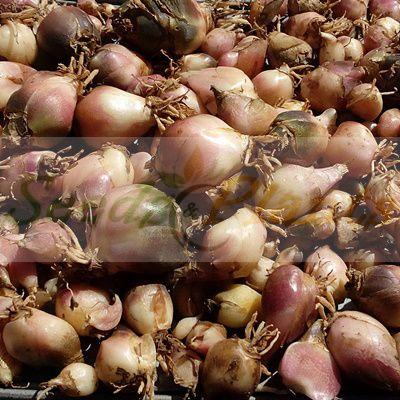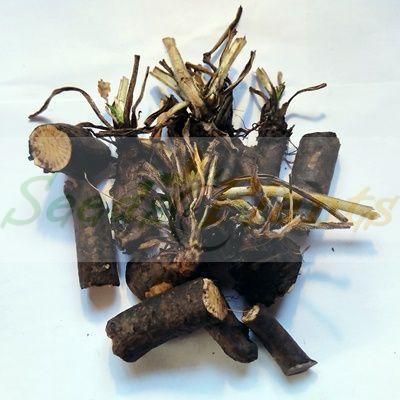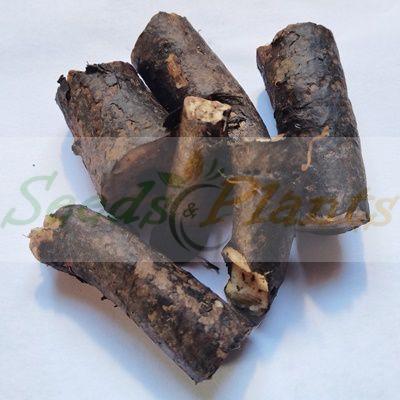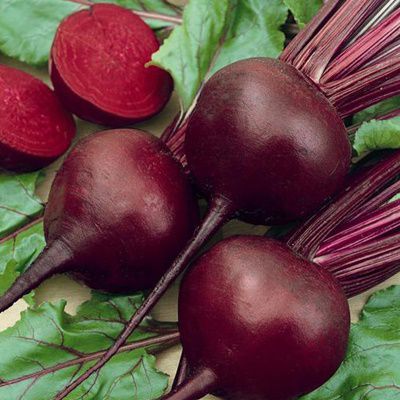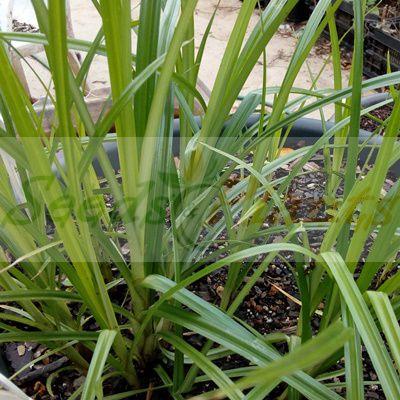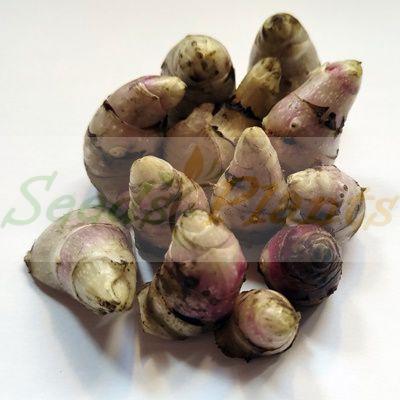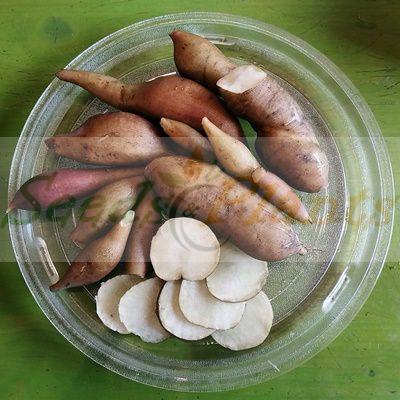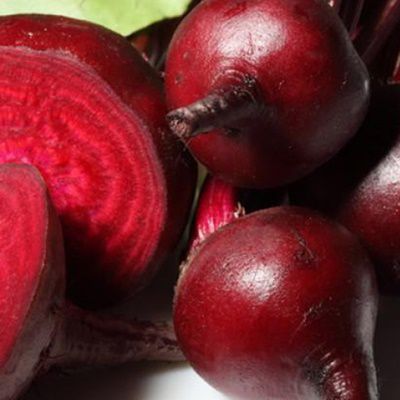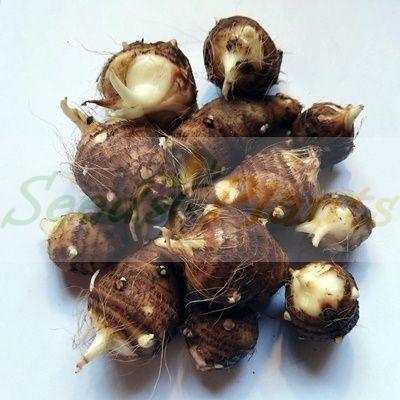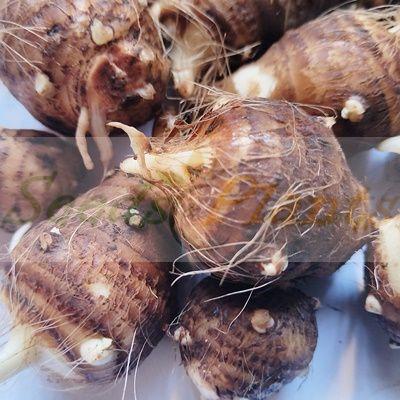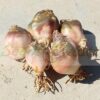Leopard Lily Bulbs – 5 Bulbs
(Ledebouria Petiolata)
R30.00
This plant makes for a perfect indoor plant and is known as one of the few carefree plants.
Planting Time: Year Round
Organic – Bulbs harvested from our own plants.
Out of Stock
Email me when the product is back in stock.
Sold as 5 Leopard Lily Bulbs. Family: Hyacinthaceae Common names: leopard lily, little white soldiers, small snake lily (Eng.), injobo, ucibicibane (isiZulu)
Ledebouria petiolata is a robust bulbous plant that reaches heights of 100–350 mm and spreads rapidly, with clumps reaching ± 300 mm in diameter. The actual storage organ is a globose (spherical) bulb made up of fleshy leaf scales that resemble lily scales, white towards the base and dark pink-purple at the top. Bulbs are deciduous in winter-rainfall regions, but can be evergreen in temperate summer rainfall climates.
The plants have strikingly spotted leaves, 75–120 mm long and ±45 mm wide, on slender petioles (leaf stalks), often with wavy margins, glossy, mid to dark green, depending on whether it grows indoors or outdoors.
Its flower stalk reaches 300 mm tall, bearing a tight cluster of small, scented white flowers, turning pale green on opening. Flowers appear in late winter or early spring and throughout summer.
This scientific name of this species was changed in 2004 from Drimiopisis maculata to Ledebouria petiolata.
It does well as a container plant, ground cover, filler, and in shady rock gardens.
Leopard Lily is no stranger to windowsills and containers, it makes for a perfect indoor plant and is known as one of the few carefree plants. As long as it is not placed in direct sunlight or allowed to get too hot, it will flourish within any home.
This undemanding plant can also be planted outdoors where it will add interest to any dark or shaded garden space. It prefers a shady or semi-shaded area to grow optimally, but can be grown in a sunny spot, preferably morning sun, as it can only take a limited amount of hours in the sun, and the leaves tend to scorch due to exposure to high temperatures. However, the spots are more prominent on plants that are exposed to brighter light. It will withstand light frost but not prolonged exposure to freezing temperatures.
Planting Leopard Lily Bulbs
Planting Time: Year Round
- This bulb is not fussy about the medium it grows in, but it would be best if placed in a medium consisting of sand, grit, compost, bark or peat.
- Ensure that the medium is light, well aerated, has good water retention but is free draining, contains organic matter and is pest/pathogen free. Plant the bulbs with the necks at or just above soil level.
- Feed regularly with compost placed around the Ledebouria Petiolata Bulbs as a mulch; do not smother as they prefer to be slightly emerged.
- Plants should be watered every two to three days, preferably when the medium dries out, and at least once every two weeks with a liquid fertilizer.
- Feeding and watering will be done more often in summer during its growing season.
Disclaimer
Medicinal Information:
All medicinal information on this website is for educational and informational purposes only and may not be construed as medical advice. The information is not intended to replace medical advice or treatment offered by healthcare professionals.
Seeds, Plants, Plant Cuttings, Geophytes and Dried Herbs:
In some countries and provinces, certain plants are deemed as invasive and are not allowed to be planted at all, whilst some plants are allowed to be grown only in certain areas or provinces. The onus is on you as the buyer to familiarize yourself with the regulations pertaining to your location, before purchasing any of our seeds, plants, plant cuttings, geophytes or dried herbs. We will not be held liable, should you purchase any seeds, plants, plant cuttings, geophytes or dried herbs. from us which are prohibited in your country or province.

